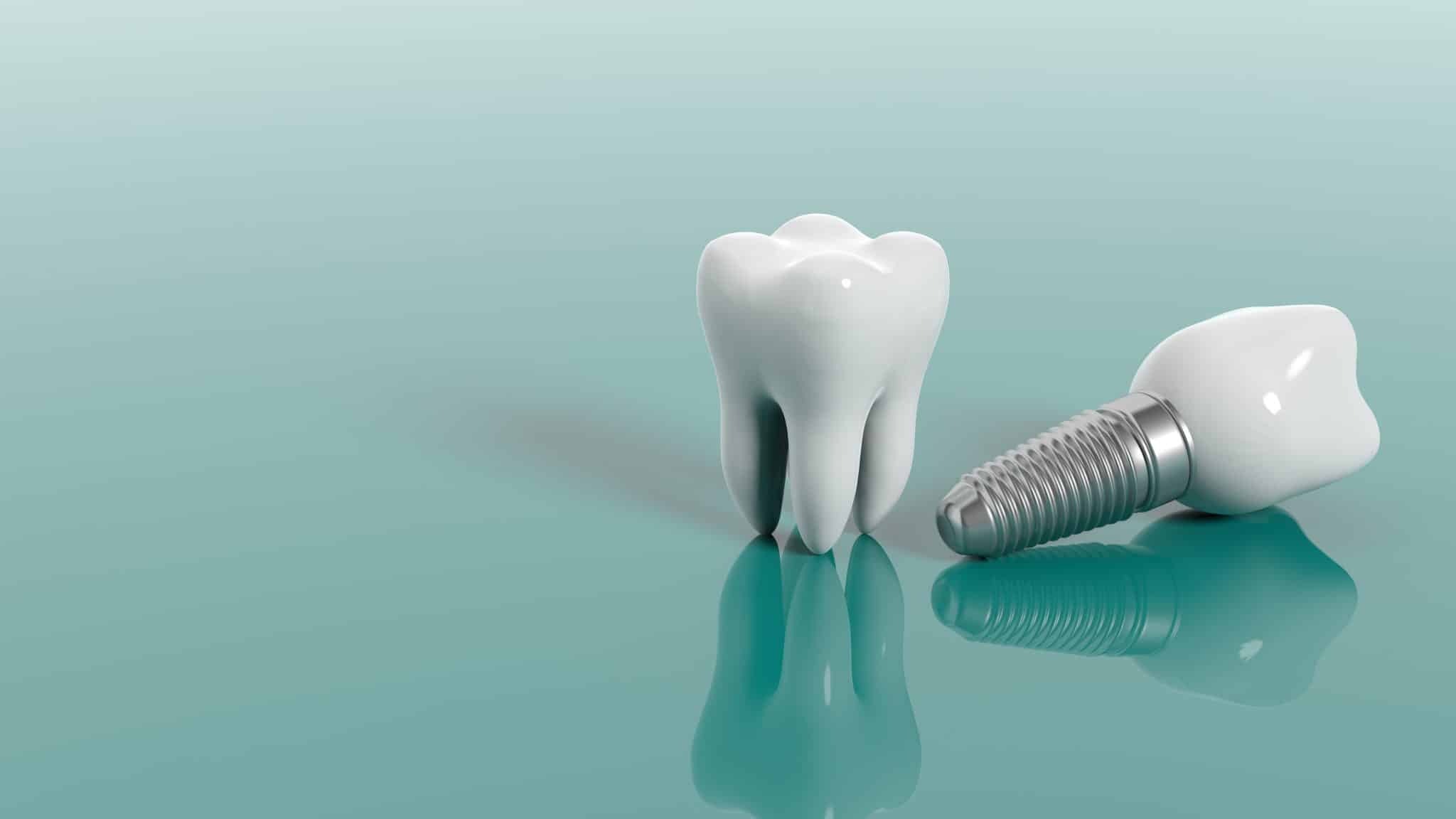
Overcoming Dental Anxiety: A Guide for Patients Who Fear the Dentist
Dental anxiety is a challenge faced by countless individuals around the world. While for some, a dental check-up is routine, for others, it can trigger intense nervousness, panic, and even physical discomfort before the appointment begins. This fear can be so overwhelming that it prevents people from getting the dental care they need. Unfortunately, delaying dental visits often leads to worsening oral health problems, which can require more complex—and potentially more intimidating—treatments later on.
Thankfully, modern dentistry offers solutions designed to help even the most anxious patients receive the care they need in comfort. Among these, one of the most effective is sleep dentistry, which allows patients to essentially safe sedation techniques of sleep through procedures, sleep dentistry eliminates the fear that often accompanies dental treatment, replacing stress with calm and creating a much more positive experience.
Understanding the Nature of Dental Anxiety
Dental anxiety is more than feeling a little uneasy about sitting in the dental chair—it is an emotional and physical response that can range from mild nervousness to severe panic attacks. Common causes include:
- Previous negative experiences with dental procedures.
- Fear of pain or discomfort during treatment.
- Loss of control when lying back in the chair.
- Sensory triggers, such as the sound of a drill or the smell of dental materials.
- Embarrassment about the condition of teeth or gums.
These fears can begin in childhood and persist into adulthood, or they can develop later in life after a difficult dental visit. For some, even scheduling an appointment can cause distress. The problem is that avoidance worsens oral health issues, which in turn makes future treatments more extensive and more daunting.
How Sleep Dentistry Works
Sleep dentistry, also known as sedation dentistry, uses medication to help patients relax or sleep during their dental treatment. Depending on the individual’s needs and the type of procedure, different sedation methods can be used:
- Nitrous oxide (laughing gas): A mild sedative inhaled through a mask, helping patients feel relaxed while remaining awake.
- Oral sedation: A prescribed pill taken before the appointment that induces a deeper level of calm.
- IV sedation: Medication administered through a vein for a controlled, deeper state of relaxation.
- General anaesthesia: Full unconsciousness during the procedure, typically used for complex treatments.
The main benefit of sedation is that it blocks pain, reduces anxiety, and often causes partial or complete amnesia of the procedure. Many patients report feeling like the appointment lasted only a few minutes, even for treatments that may take hours.
Who Can Benefit from Sleep Dentistry?
While sedation dentistry is often associated with anxiety management, it can help a wide range of patients, including:
- Those with a strong gag reflex.
- Patients who require lengthy or multiple treatments in one session.
- People with very sensitive teeth or low pain tolerance.
- Children or adults with difficulty sitting still for long periods.
- Patients with special needs or certain medical conditions that make standard dental treatment challenging.
For anxious patients in particular, the ability to undergo treatment without the constant fear or anticipation of discomfort can be life-changing.
Safety and Professional Care
Safety is a top priority in sleep dentistry. A thorough consultation is conducted before treatment to review medical history, current medications, and any potential health concerns. Sedation is administered by qualified dental professionals who are trained to monitor vital signs throughout the procedure, ensuring the patient’s well-being at all times.
Patients are usually advised to arrange transportation to and from the appointment, especially when stronger sedation methods are used, as lingering drowsiness can affect alertness. Clear aftercare instructions are provided to support a smooth recovery.
Breaking the Cycle of Fear
One of the most significant advantages of sleep dentistry is its potential to break the avoidance cycle that often accompanies dental anxiety. When patients have a positive, pain-free experience, their perception of dentistry can change dramatically. Over time, this can reduce their reliance on sedation and help them feel more confident in attending regular check-ups.
This shift not only improves oral health but also supports overall well-being. Untreated dental problems can contribute to broader health issues, including infections, nutritional problems, and even heart disease. By making dental care accessible and comfortable, sleep dentistry helps protect both dental and general health.
Taking the First Step
For many people with dental anxiety, the hardest part is making the first appointment. It’s important to find a dental practice that understands your concerns and offers compassionate care. Discussing your fears openly with your dentist can lead to a tailored approach that meets your needs, whether that involves mild sedation for a simple cleaning or deeper sedation for more extensive procedures.
If you have been putting off dental visits because of the fear of the dentist, exploring sleep dentistry may be the solution that finally makes dental care feel manageable. By removing the stress and discomfort often associated with treatment, it allows you to focus on the benefits—better oral health, improved confidence, and the peace of mind that comes from knowing you can receive care without fear.


